
Perched atop the rolling hills at 5,000 feet above sea level in the Nanche district of Miahuatlán is where Don Emigdio and his family call home. Known for its semi-arid climate where agave of all kinds grow wild, Miahuatlán is a historically significant town for mezcal production. It is also the area where both Don Aquilino and Tío Rey’s families moved after the revolutions.



Just as every other mezcalero in the Vago family, Don Emigdio’s personal touch is apparent in every part of the production process. After agave is harvested, piñas are placed in a conical earthen ‘horno’ (oven), which can hold up to 12 tons of Espadín. They will roast here for an average of 5-7 days, which is on the longer end of a typical roast. Cooking time is one of the many differences noted in Don Emigdio’s process. Before mashing, cooked piñas will cool in the open air for up to two weeks.

A sight to be seen at Don Emigdio’s palenque is the use of his stone tahona, a 4,000-pound limestone wheel that is pulled by a pair of oxen or “toros.” His stone tahona is the largest in the Mezcal Vago family, with the ability to fill 1 fermentation vat every five hours, around twice as fast neighboring palenques. Once crushed, the fibers are moved to one of nine wood fermentation vats ranging from 1,400 to 1,700 liters, where they will stay an average of five days to ferment to completion.


Most of Emigdio’s distillation is done in four 300 liter copper still with 2 distillations. Cuts are made using a carrizo to test for ABV as well as taste and smell. ABV is then adjusted by using colas that have been rested with distilled water in order to preserve taste and mouthfeel. Emigdio uses corn ‘masa’ (dough) as an ‘O’ ring between the still body and the top to form the seal.
For just Madrecuishe and Arroqueño Emigdio uses a refrescador, which is common to the area surrounding Miahuatlán. Up until working with Emigdio, Vago had never bottled mezcal made this way before. The still is similar to a copper alembic still with a stainless steel cylinder surrounding it. This cylinder is then filled with water, allowing it to cool the upper part of the still. This upper chamber now acts as a condenser and sends the alcohol vapor back down into the boiler before being heated again and passing out of the still and into the condensing coil. This method essentially allows for two distillations during a single pass through the still, with that first and final distillation at 60+ ABV. The use of the refrescador results in a noticeable loss in yield but gains in rustic nuance and flavor.


